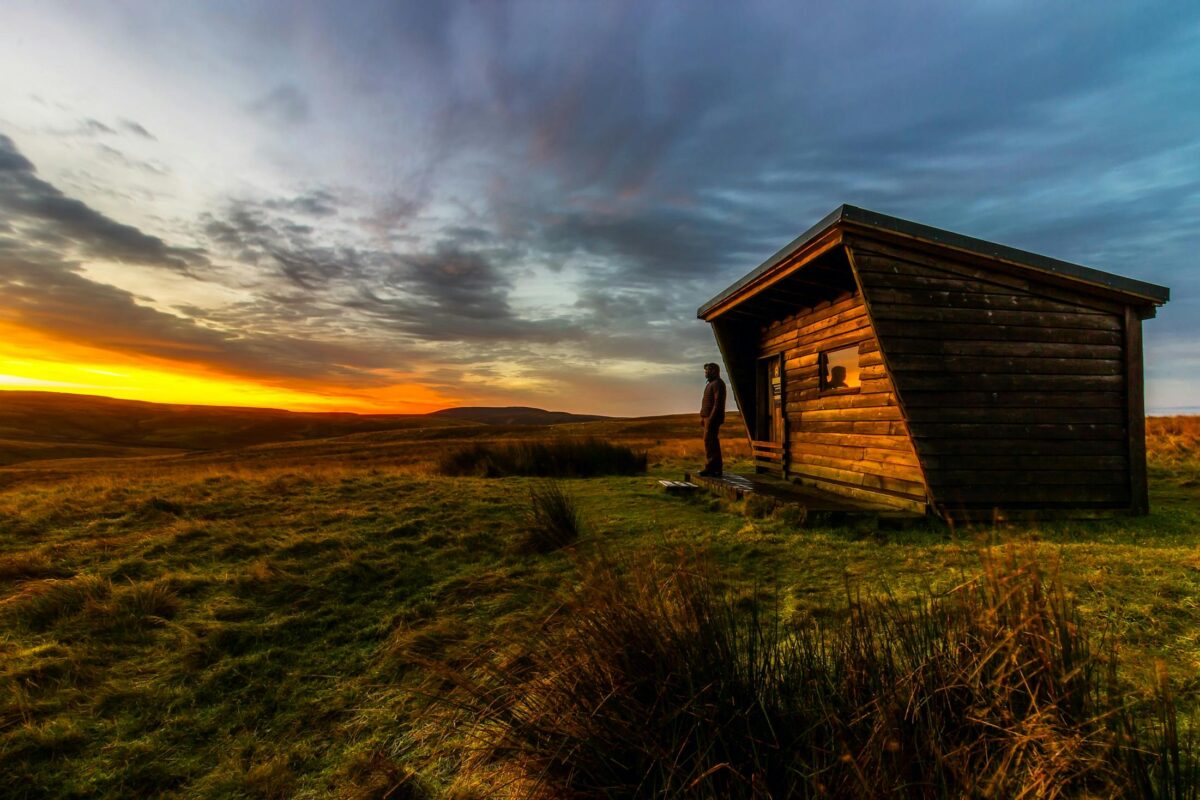The tiny house movement gained traction due to its perceived affordability and environmental benefits during the Great Recession from 2007 to 2009. Artists, authors, and advocates have contributed to its rise, emphasizing compact living and sustainability. Over the last decade, tiny homes have evolved from a necessity to a popular lifestyle choice.
Tiny homes have a fascinating history that stretches back beyond the last decade. Let us explore its evolution:
- 1845: Author Henry David Thoreau lived in a 150-square-foot cabin by Walden Pond, advocating for simplicity and minimalism.
- 1970s: Artists like Allan Wexler and authors such as Lloyd Kahn and Lester R. Walker laid the groundwork for contemporary compact living.
- 1990’s: Artist Andrea Zittel and author Sarah Susanka championed small houses and environmental benefits.
- 2002: The Small House Society was founded, and the movement gained momentum.
- 2012: Tumbleweed Tiny House Company, led by Jay Shafer, popularized tiny homes.
From prehistoric caves to today’s eco-friendly dwellings, tiny homes have come a long way.
Due to the inflated cost of living and the ever-increasing cost of monthly utilities, tiny homes have garnered interest as an alternative to traditional housing. Let us delve into their sustainability aspects:
- Environmental Impact of Traditional Homes:
* Increased Carbon Footprint: Traditional homes, due to their larger size, higher energy usage, and resource-intensive construction, have a higher carbon footprint compared to tiny homes.
* High Energy Consumption: Larger houses consume more energy, leading to increased utility costs. Inefficient design elements, such as drafty windows and inadequate insulation, contribute to energy loss. - Benefits of Tiny Homes for Sustainability:
* Reduced Carbon Footprint: Tiny homes require fewer materials, resulting in lower greenhouse gas emissions.
* Lower Energy Consumption: Compact dwellings use less energy for heating and cooling.
* Reduced Material Use: The minimalist lifestyle promoted by tiny homes leads to less material consumption. - Challenges to Sustainability in Tiny Home Living:
* Waste Management: Proper waste disposal is crucial in tiny home communities.
* Energy Sources: Access to sustainable energy options is essential.
* Accessibility: Ensuring tiny homes are accessible and adaptable for all. - Pros and Cons of Tiny House Living:
– Pros
* Affordability: Tiny homes can save costs in the long term.
* Minimalist Lifestyle: Encourages downsizing and simplicity.
* Eco-friendly Materials: Many tiny homes are built with sustainable materials.
– Cons
*Not for Everyone: Tiny living may not suit everyone’s preferences or needs.
In summary, its thoughtful design, use of eco-friendly materials, and conscious living contribute to the sustainability of tiny homes. While the demand for tiny homes is great now, we do not know how long this trend will last. We do not know if this is a fad or a new way to live. Tiny homes have many advantages, and if tolerated can be very affordable. At Scarano Architect, PLLC, we keep an open mind towards all types of living arrangements. We must remain flexible to be relevant in this ever-changing economy. There may come a day when everyone is living in a tiny home, or they will vanish as quickly as they have come. It is therefore we have explored this topic and brought it to the forefront to discuss. If you have any questions or comments, or have a project you would like to begin, please feel free to contact us at 718-222-0322.


